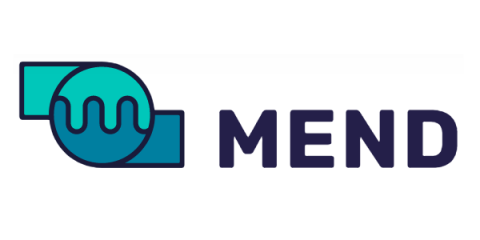UK Attacker Responsible for a Literal "Man-in-the-Middle" Ransomware Attack is Finally Brought to Justice
The recent conviction of a U.K. man for cyber crimes committed in 2018 brings to light a cyber attack where this attacker manually performed the “in-the-middle” part of an attack. We’ve all heard of a “Man-in-the-Middle” (MitM) attack – also more recently called a “Manipulator-in-the-Middle” attack.








